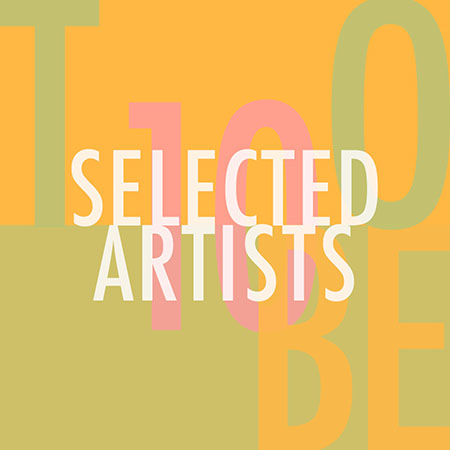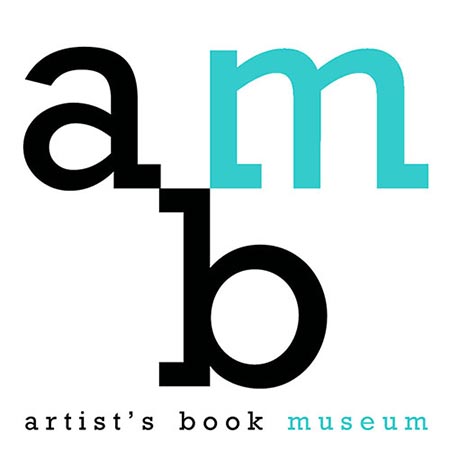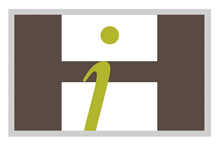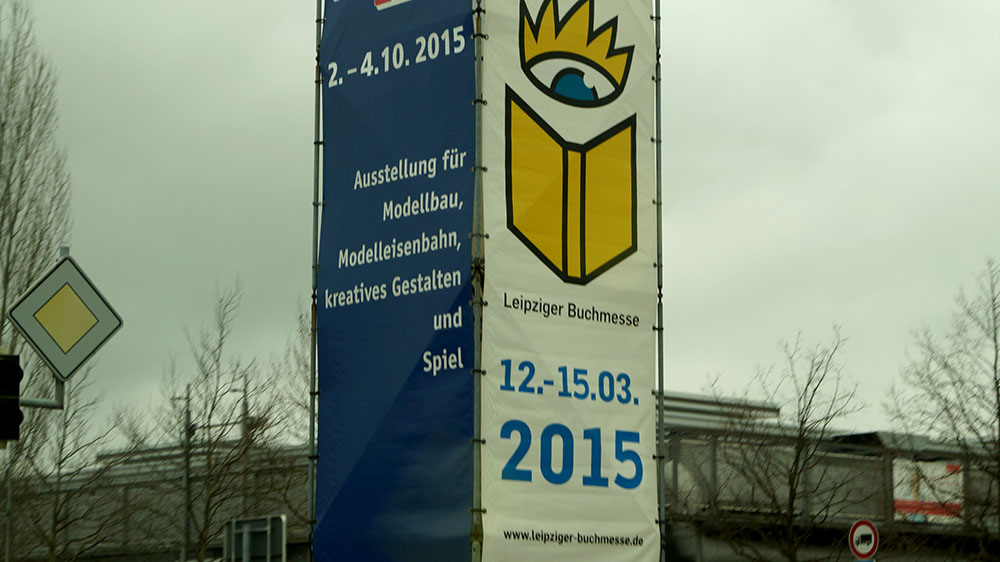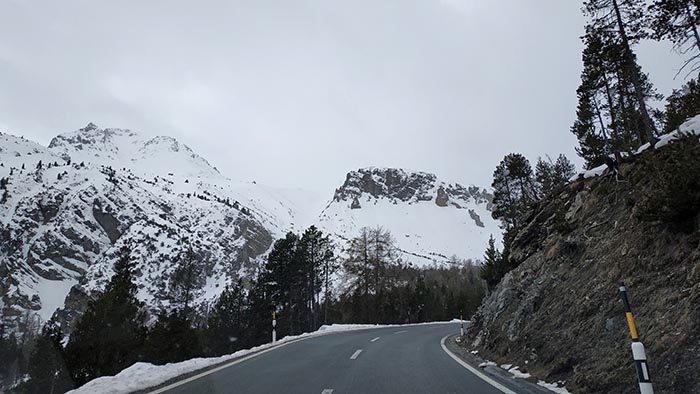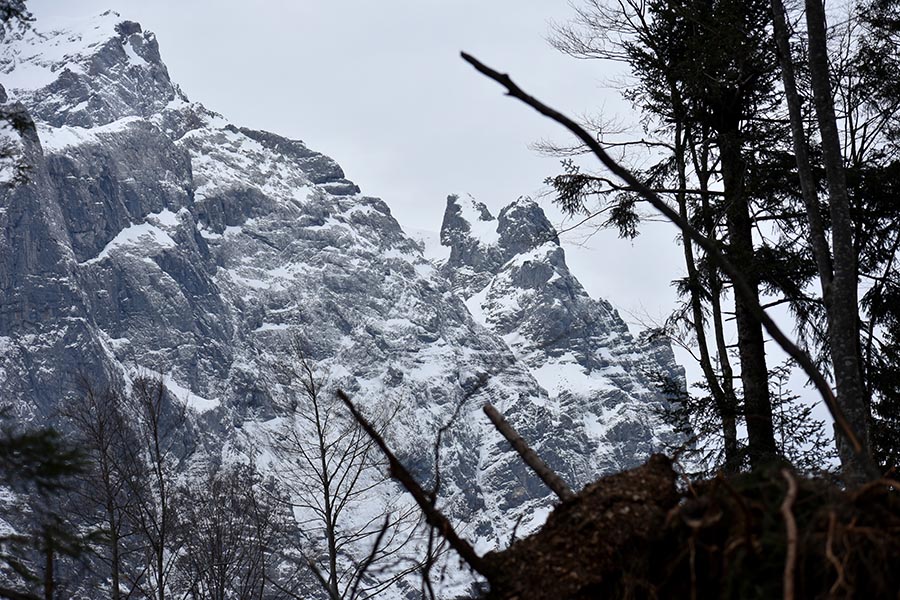Hanne Matthiesen / Denmark
What is Text?
What is text?
What is text? Text is communication: A message – with a sender – and a receiver.
Although some texts are largely for domestic use (memos, diaries and such) others simply HAVE TO find a receiver in order for it all to make sense. It is crucial. Life may depend on it! Imagine, if you will, the situation of the lifetime prisoner – locked up in the deepest dungeon or the tallest tower. Read his writing on the wall, please! Or what about the shipwrecked, sitting on his rocky island inscribing words on a rugged piece of parchment using a quill and his own heart blood. He puts his message in a flask, seals it – and prays his message will be received – in time…
For your inner eye you also see the author, the student, the scientist, and the lover… Titles and status, these stipulations are insignificant; we all express us selves, speak up, write – whatever we have in our hearts and our minds. Probably that is why the world gets still more full – of text. From renowned lifeworks to drafts authored in haste. We write texts within practically every genre: biographies, novels, reassignments, applications of leniency, love letters, songs, scientific formulas, lexical articles, convictions, international treaties, movie reviews, user guides – you name it! A veritable stream of text floods us by – significant and insignificant among each other. It is of the utmost importance we learn to tell the difference!
Good texts are those that call forth new thoughts and rich pictures in one’s imagination, build bridges between people. They entertain, surprise, seduce, ask questions and make us laugh, weep and reflect upon our own existence. Bad texts just leave us cold and unmoved.
“Text” is the theme of this triennial and for that reason an essential element in all the exhibited works, Artists’ Books, a hybrid artistic genre that on one hand extracts inspiration from the form and contents of books, while on the other hand it presents a strong opposition and a will to break new ground in regard to the concept and whole expression of the conventional media.
I must say, it has been a challenge to work with this theme. An issue that at first presented itself as easy and simple but turned out to be surprisingly complex when I took a closer look – as is often the situation with many aspects of existence. Hence, I sincerely look forward to seeing how my honourable colleagues, artists from all over the world who work with visual arts, have chosen to interpret this matter.
From earlier visits at the Triennial in Vilnius I know that one can expect to be met by works that for the main part embody and reconfirm a more traditional perception of what ‘books` are – as well as works that do not only push to the edge, but perhaps even slightly over it – if we are lucky! From my point view it is exactly here, in the twilight zone amongst the strange, not entirely unequivocal staging whose after-images linger in the back of your mind the longest, that art works truly become interesting. I don’t imply that good craftsmanship and superb finish does not have its place here – it definitely has. Only, there must (also) be an edge somewhere. Something that sticks out, smells, sounds or tastes differently. The pebble in your shoe that’s so damned annoying but is guaranteed to remind you that you are actually in possession of feet!
So be wakeful! Open up your senses and look around vigilantly, for here a text is no longer merely a text – a book no longer just a book. The universe continuously expands – known terms transform – and we become more knowing!
© Circle “Bokartas”, Hanne Matthiesen


